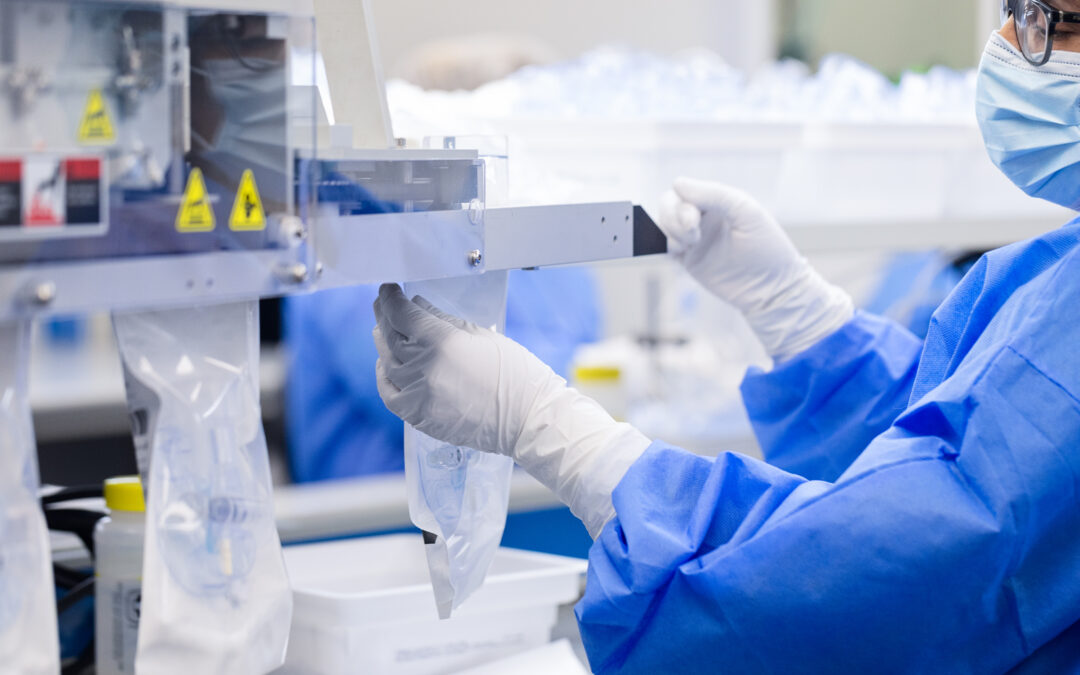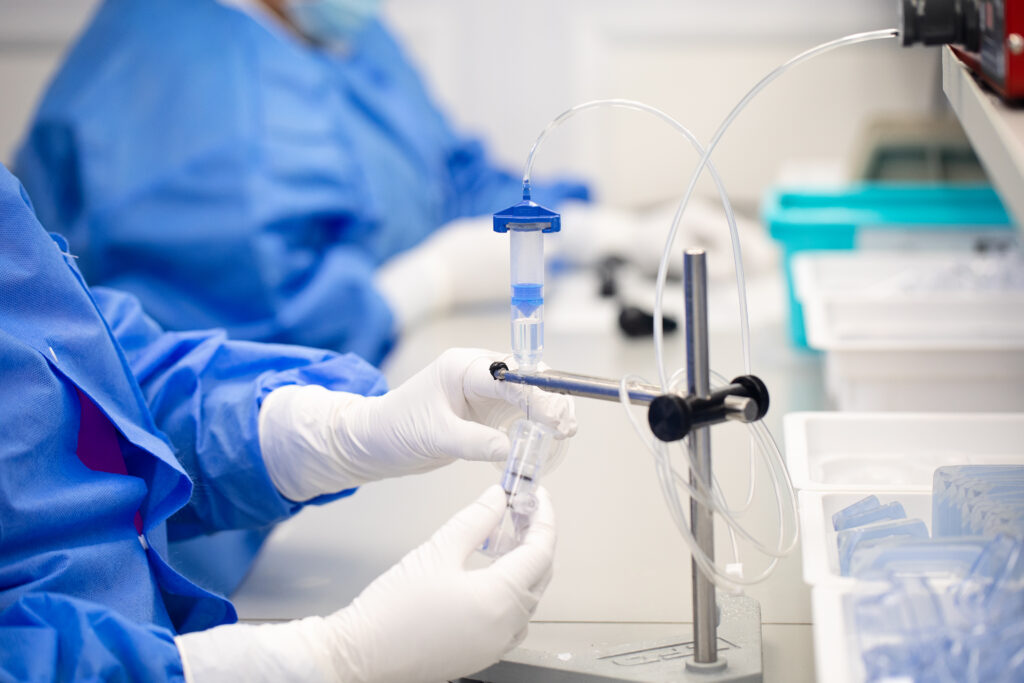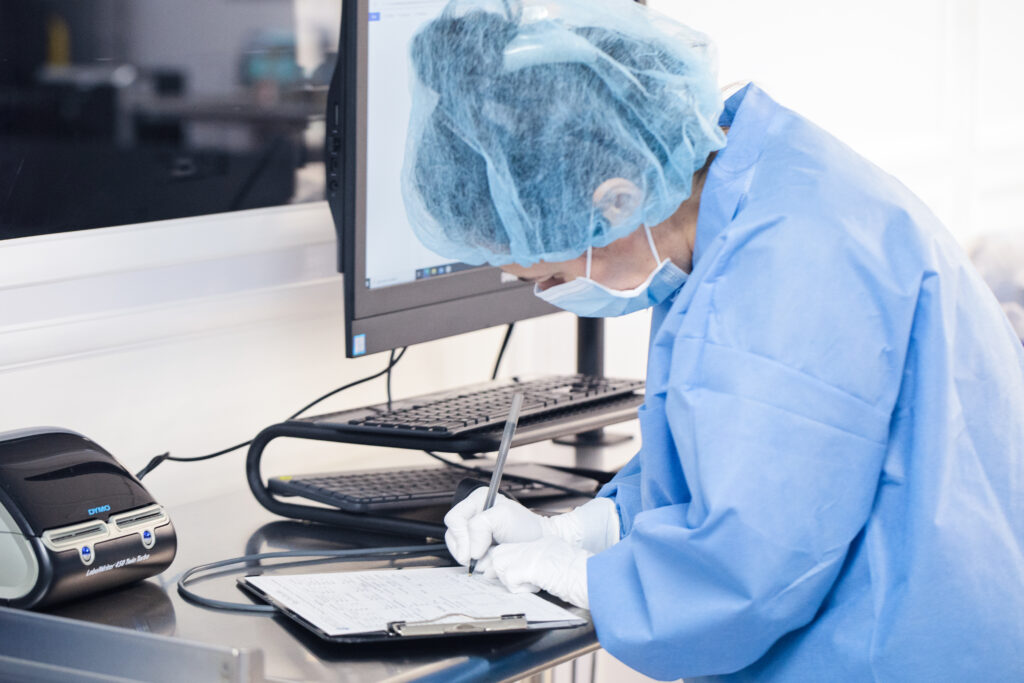In recent years, the medical device industry, known for its high standards and constant innovation, has increasingly turned to outsourced manufacturing to satisfy the global need for medical technologies. According to a report by Grand View Research, the global medical device outsourcing market size was estimated at USD 128.8 billion in 2023 and is anticipated to grow at a compound annual growth rate (CAGR) of 12.8% from 2024 to 2030.
This kind of strategic partnership involves delegating the production of medical devices or components to third-party manufacturers who specialize in various aspects of production. It plays a key role in the healthcare ecosystem, facilitating the timely availability of vital medical devices, from simple diagnostic tools to advanced therapeutic and surgical equipment. The adoption of this model allows original equipment manufacturers (OEMs) to leverage the specialized capabilities, advanced technologies, and cost efficiencies of expert manufacturers, thereby enhancing the quality, scalability, and affordability of healthcare solutions.
Why do Companies Choose to Outsource Medical Device Manufacturing?
The decision for medical device companies to embrace outsourced manufacturing is rooted in a strategic evaluation of their operational, financial, and competitive landscapes. This move is influenced by several key factors that drive the shift from in-house production to external partnerships:
- Cost Savings: The main attraction of outsourcing is the potential for substantial cost savings. Utilizing the specialized infrastructure and large-scale production capabilities of dedicated manufacturers allows medical device firms to reduce their manufacturing costs, boosting their overall profitability and market position.
- Specialized Expertise: Outsourced manufacturers often specialize in specific areas of production, such as precision engineering, cleanroom assembly, or component molding, bringing a level of expertise that might be challenging or uneconomical to develop in-house.
- Scalability: Outsourcing provides unmatched flexibility in adjusting production volumes to match market demands. This adaptability is essential in the rapidly evolving medical device industry, where the demand for certain devices can change swiftly due to new technological developments, regulatory updates, or global health emergencies.
- Global Market Access: Collaborating with manufacturing partners located in different regions can facilitate smoother entry into new markets by navigating local regulatory landscapes and reducing logistical hurdles. For instance, the Asia Pacific market accounts for over 40% of the global medical device outsourcing market, driven by lower labor costs, advancements in technical expertise, and reduced overhead expenses.
The Strategic Benefits of Outsourcing
Now that we’ve explored why companies choose to outsource, it’s good to understand the strategic benefits that make outsourcing an attractive option for medical device manufacturers.
- Enhanced Focus on Core Competencies: Outsourcing manufacturing allows companies to concentrate their resources on areas where they add the most value, such as research and development, clinical trials, and market development strategies. This focus is vital for fostering innovation and maintaining a competitive edge in a sector driven by technological advancements.
- Flexibility: The dynamic nature of the healthcare market, characterized by rapid technological advancements and changing regulatory landscapes, demands a high degree of flexibility. Outsourcing provides the agility needed to adapt to these changes, enabling companies to pivot their strategies and operations swiftly in response to new opportunities or challenges.
- Risk Distribution: The collaboration with manufacturing partners also helps distribute various operational risks, including those associated with production, regulatory compliance, and market volatility. This distribution can provide a safety net, mitigating the impact of unforeseen events on the company’s overall performance.
Among the various services offered in the medical device outsourcing market, contract manufacturing held the largest share in 2023, accounting for 53.8%. This dominance is due to the growing emphasis on reducing production costs and the increasing complexities in manufacturing, which necessitate specialized expertise and resources.
On the other hand, in terms of application, the cardiology segment was a significant contributor, accounting for over 20% of the market share in 2023, driven by the high occurrence of cardiovascular conditions and the complexity and technical expertise required in manufacturing cardiovascular devices
The Potential Risks and Challenges Associated with Outsourced Manufacturing
Despite the substantial benefits, outsourced manufacturing is not without its challenges, which require careful navigation:
- Quality Concerns: The importance of product quality in the medical device industry makes quality assurance a critical concern in outsourcing relationships. Ensuring that outsourced products adhere to the stringent standards of regulatory bodies like the FDA and EMA necessitates rigorous quality control measures and regular audits.
- Lack of Focus: Medical device companies looking to outsource some or all of their manufacturing should be very clear on what type of expertise they require. Different outsourcing partners provide different expertise and often there is not a single solution to all elements of the production process. For example, expertise in molding is very different than assembly or sterilization expertise and may require different partners.
- Communication Gaps: Effective collaboration between medical device companies and their manufacturing partners is essential but can be hampered by language barriers, cultural differences, and logistical issues. These communication challenges can lead to misinterpretations, delays, and increased project costs if not adequately managed.
- IP Protection: The sharing of proprietary designs and sensitive information with third parties introduces risks related to intellectual property security. Ensuring robust confidentiality agreements and IP protection mechanisms are in place is critical to safeguarding a company’s competitive advantage.
- Supply Chain Disruptions: Reliance on external manufacturers can expose companies to supply chain vulnerabilities, including raw material shortages, transportation delays, and geopolitical tensions. Developing comprehensive risk management strategies and maintaining diversified supplier networks are essential to mitigate these risks.
Outsourcing addresses operational efficiencies and strategically positions companies to navigate the complexities of the global market more effectively. This approach allows medical device manufacturers to adapt to the ever-changing landscape of healthcare needs, regulatory requirements, and technological advancements with greater agility and less inherent risk.
Criteria for Selecting an Outsourced Manufacturing Partner
Seeing the potential challenges and the need for a strategic approach, selecting the right manufacturing partner becomes a crucial decision for medical device companies. This decision can significantly impact the quality, regulatory compliance, and market success of their products.
Here are key criteria that companies should consider when selecting an outsourced manufacturing partner:
- Quality Assurance: The prospective partner’s commitment to quality should be evident through certifications (e.g., ISO 13485), compliance with regulatory standards, and a robust quality management system. Previous audit results and customer testimonials can also provide insights into their quality assurance practices.
- Technological Capability: The ability of a partner to utilize cutting-edge manufacturing technologies and processes is crucial. This includes advanced capabilities in automation, precision engineering, and production tracking tools, which are essential for producing high-quality medical devices.
- Communication & Collaboration: Open and transparent communication channels are vital for the smooth execution of outsourced projects. This includes regular updates, efficient problem-solving mechanisms, and even 24/7 production tracking software to ensure that both parties are aligned on project objectives, expectations, and production progress.
- Track Record/Experience: A proven track record of successful partnerships in the medical device industry, evidenced by long-term relationships with other OEMs and a portfolio of successfully manufactured products, is indicative of a reliable and competent manufacturing partner.
These collaborations are not just about outsourcing production; they are about creating synergies that enhance innovation, efficiency, and market responsiveness, ultimately leading to improved healthcare outcomes and patient care. In this context, the choice of a manufacturing partner becomes a pivotal strategic decision that can significantly influence the company’s growth, and long-term success in the ever-evolving medical device landscape.
Future Predictions: The Trajectory of Outsourced Manufacturing for Medical Devices
As we gaze into the future, several compelling trends and factors will redefine this sector, heralding a new era of innovation, efficiency, and strategic collaboration.
- Technological Advancements: The continued integration of advanced technologies such as robotics, AI, and IoT in manufacturing processes is expected to enhance the efficiency, precision, and customization of medical device production. These technological advancements will also play a role in reducing production costs and improving product quality, further incentivizing the adoption of outsourced manufacturing.
- Global Trends & Growth: The global medical device market is anticipated to grow steadily, driven by factors such as an aging population, increasing prevalence of chronic diseases, and continuous technological innovations. The aging global population is increasing the demand for medical devices, particularly those catering to age-related conditions such as cardiovascular and orthopedic issues. Outsourcing firms will need to capitalize on this trend by adapting their services and processes to meet the needs of specialized device OEMs .
- Geopolitical and Industry Shifts: The medical device industry, like many others, is subject to the influences of geopolitical events, trade policies, and regulatory changes. Future shifts in these areas may necessitate adjustments in outsourcing strategies, with companies potentially needing to diversify their manufacturing partnerships or realign their supply chains to navigate new regulatory or trade landscapes effectively.
- Environmental Regulations: The medical device industry is actively searching for a sterilization replacement for the primary method – Ethylene Oxide (EO) – to find a safer alternative. To date, no suitable alternative has been identified that provides the efficacy and efficiency of EO, but with more innovation and testing, we can expect that a new solution will come online in the coming decade and outsourcing suppliers need to be flexible to adapt.
If you’re navigating the evolving landscape of medical device manufacturing and considering outsourcing to stay competitive, now is the time to act. Explore how partnering with a specialized manufacturing firm can enhance your product quality, streamline operations, and adapt to market changes.
Summary
- The global medical device outsourcing market was valued at USD 128.8 billion in 2023, with an expected CAGR of 12.8% from 2024 to 2030.
- Outsourcing in medical device manufacturing involves delegating production to third-party specialists, and enhancing device quality, scalability, and affordability.
- Key Reasons for Outsourcing:
- Cost Savings: Significant reductions in manufacturing costs by leveraging specialized infrastructure and economies of scale.
- Specialized Expertise: Access to manufacturers with deep knowledge in areas like precision engineering and materials science.
- Scalability: Flexibility to adjust production volumes quickly in response to market demands.
- Global Market Access: Easier entry into new markets through partnerships with manufacturers in different regions
- Strategic Benefits:
- Allows OEMs to focus on core competencies like R&D and market expansion.
- Increased flexibility to adapt to the dynamic healthcare market.
- Distribution of operational risks, mitigating the impact of unforeseen events.
- Challenges and Risks:
- Ensuring outsourced products meet regulatory standards.
- Lack of focus or expertise in a specific area of contract manufacturing
- Overcoming communication barriers and cultural differences.
- Protecting intellectual property and managing supply chain disruptions.
- Criteria for Choosing a Manufacturing Partner:
- Quality assurance, evidenced by certifications and a strong quality management system.
- Technological capability to utilize advanced manufacturing processes.
- Effective communication and a proven track record in the medical device industry.
- Future Trends:
- Technological advancements like robotics and AI are set to improve manufacturing efficiency and product quality.
- The aging global population is driving demand for medical devices, particularly for age-related conditions.
- Outsourcing strategies may need adjustment due to geopolitical and regulatory changes.
- Alternative sterilization methods will require adaptation throughout the medical device supply chain.



